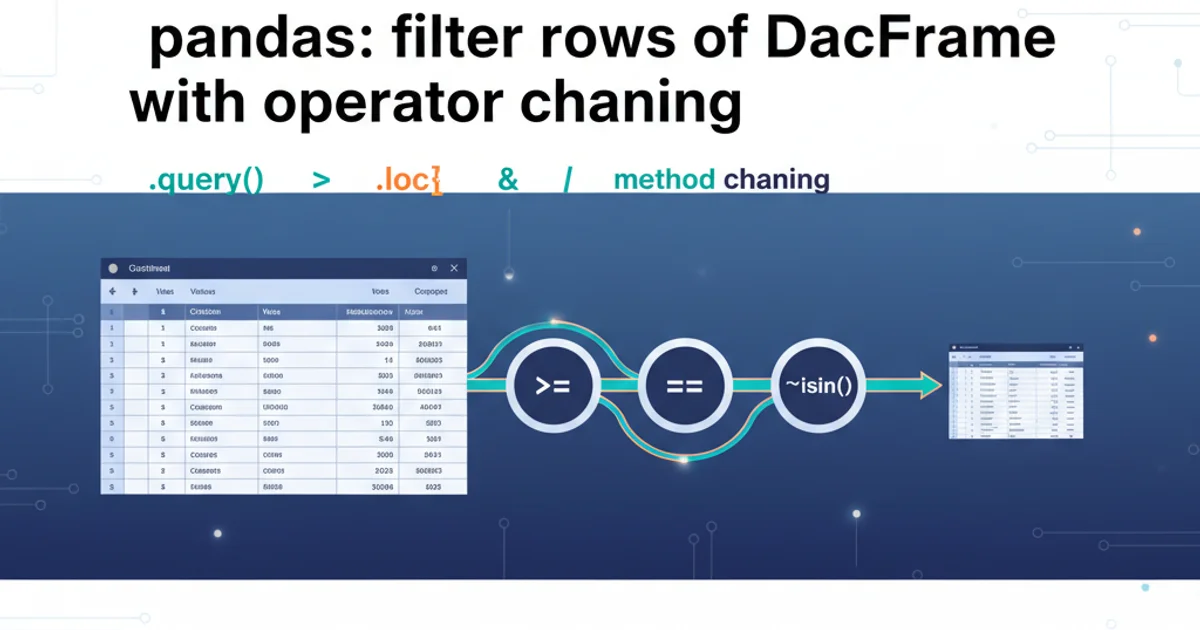How do I start a new CUDA project in Visual Studio 2008?
Categories:
Setting Up a New CUDA Project in Visual Studio 2008

Learn how to configure Visual Studio 2008 for CUDA development, enabling you to harness the power of NVIDIA GPUs for parallel computing.
While Visual Studio 2008 is an older IDE, many legacy projects still rely on it for CUDA development. This guide will walk you through the essential steps to set up a new CUDA project, ensuring your environment is correctly configured to compile and run GPU-accelerated applications. We'll cover project creation, build customizations, and common pitfalls.
Prerequisites and Initial Setup
Before diving into Visual Studio, ensure you have the necessary software installed. You'll need the NVIDIA CUDA Toolkit compatible with your GPU and Visual Studio 2008. The CUDA Toolkit includes the NVIDIA Nsight Visual Studio Edition plugin, which is crucial for integrating CUDA into your IDE. Make sure to install the toolkit after Visual Studio 2008 to ensure proper integration.
flowchart TD
A[Install Visual Studio 2008] --> B[Install NVIDIA CUDA Toolkit (VS2008 Compatible)]
B --> C{Verify Nsight Plugin Installation}
C -- Yes --> D[Start New CUDA Project]
C -- No --> E[Reinstall CUDA Toolkit or Troubleshoot]CUDA Development Environment Setup Flow
Creating a New CUDA Project
Visual Studio 2008 doesn't have a direct 'CUDA Project' template. Instead, you'll start with a standard C++ project and then modify its build rules to include the CUDA compiler (NVCC). This involves adding custom build steps and ensuring the project knows how to handle .cu files.
1. Step 1: Create a New C++ Project
Open Visual Studio 2008. Go to File > New > Project.... Under Project types, select Visual C++ > Win32. Choose Win32 Console Application and give your project a name (e.g., MyCUDAGPUApp). Click OK.
2. Step 2: Application Settings
In the Win32 Application Wizard, click Next. For Application type, select Console application. Under Additional options, uncheck Precompiled header and Security Development Lifecycle (SDL) checks. Click Finish.
3. Step 3: Add a CUDA Source File
In Solution Explorer, right-click on your project, go to Add > New Item.... Select C++ File (.cpp) and name it kernel.cu. It's crucial to use the .cu extension for CUDA source files. Click Add.
4. Step 4: Configure Custom Build Rules for .cu Files
Right-click on kernel.cu in Solution Explorer and select Properties. In the Configuration Properties dialog, navigate to General. Change Item Type to Custom Build Tool. Click Apply.
5. Step 5: Define Custom Build Tool Settings
Still in the kernel.cu properties, go to Custom Build Tool > General. Configure the following:
Command Line:
"$(CUDA_PATH)\bin\nvcc.exe" -ccbin "$(VCInstallDir)bin" -c -DWIN32 -D_CONSOLE -D_MBCS -Xcompiler /EHsc,/W3,/nologo,/Od,/Zi,/MTd -maxrregcount=0 --compile -o "$(ConfigurationName)\%(Filename).obj" "%(FullPath)"Outputs:
$(ConfigurationName)\%(Filename).objAdditional Dependencies:
$(CUDA_PATH)\bin\cudart.lib
Click OK.
6. Step 6: Adjust Project Linker Settings
Right-click on your project (not the .cu file) in Solution Explorer and select Properties. Go to Configuration Properties > Linker > General. Add $(CUDA_PATH)\lib to Additional Library Directories.
Then, go to Linker > Input. Add cudart.lib to Additional Dependencies. Click OK.
7. Step 7: Include CUDA Headers
Right-click on your project again and select Properties. Go to Configuration Properties > C/C++ > General. Add $(CUDA_PATH)\include to Additional Include Directories. Click OK.
$(CUDA_PATH) environment variable is typically set during the CUDA Toolkit installation. If you encounter issues, verify this variable is correctly pointing to your CUDA installation directory (e.g., C:\Program Files\NVIDIA GPU Computing Toolkit\CUDA\v2.3).Example CUDA Kernel and Host Code
Now that your project is configured, you can write your CUDA code. The kernel.cu file will contain your device code (kernels), and your main .cpp file will contain the host code that launches these kernels.
// kernel.cu
#include <cuda_runtime.h>
#include <stdio.h>
__global__ void addKernel(int *c, const int *a, const int *b, int N) {
int i = blockIdx.x * blockDim.x + threadIdx.x;
if (i < N) {
c[i] = a[i] + b[i];
}
}
extern "C" void addWithCuda(int *c, const int *a, const int *b, int N) {
int *dev_a, *dev_b, *dev_c;
size_t size = N * sizeof(int);
// Allocate GPU memory
cudaMalloc((void**)&dev_a, size);
cudaMalloc((void**)&dev_b, size);
cudaMalloc((void**)&dev_c, size);
// Copy inputs to GPU
cudaMemcpy(dev_a, a, size, cudaMemcpyHostToDevice);
cudaMemcpy(dev_b, b, size, cudaMemcpyHostToDevice);
// Launch kernel
int blockSize = 256;
int numBlocks = (N + blockSize - 1) / blockSize;
addKernel<<<numBlocks, blockSize>>>(dev_c, dev_a, dev_b, N);
// Copy result back to host
cudaMemcpy(c, dev_c, size, cudaMemcpyDeviceToHost);
// Free GPU memory
cudaFree(dev_a);
cudaFree(dev_b);
cudaFree(dev_c);
}
Example CUDA kernel and host-side wrapper in kernel.cu
// main.cpp
#include <iostream>
#include <vector>
// Declare the CUDA function from kernel.cu
extern "C" void addWithCuda(int *c, const int *a, const int *b, int N);
int main() {
const int N = 10;
std::vector<int> a(N), b(N), c(N);
// Initialize host arrays
for (int i = 0; i < N; ++i) {
a[i] = i;
b[i] = i * 2;
}
// Call the CUDA function
addWithCuda(c.data(), a.data(), b.data(), N);
// Print results
std::cout << "Vector C (A + B):\n";
for (int i = 0; i < N; ++i) {
std::cout << c[i] << " ";
}
std::cout << "\n";
return 0;
}
Main application code in main.cpp that calls the CUDA function